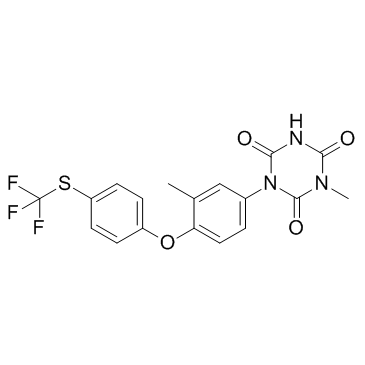Relevance and treatment of coccidiosis in domestic pigeons (Columba livia forma domestica) with particular emphasis on toltrazuril.
Maria-Elisabeth Krautwald-Junghanns, Ralph Zebisch, Volker Schmidt
Index: J. Avian Med. Surg. 23(1) , 1-5, (2009)
Full Text: HTML
Abstract
Coccidia are common pathogenic parasites in pigeons (Columba livia). Coccidiosis is most commonly seen in young pigeons and only rarely in adult birds. Infections in domestic pigeons are typically mixed and commonly include Eimeria columbarum and Eimeria labbeana. The reported prevalence of infection is 5.1%-71.9%, and worldwide mortality in juvenile pigeons varies from 5% to 70%, with most deaths occurring in the third and fourth month of life. This article summarizes the life cycle of E. columbarum and E. labbeana, the route of transmission, and the common clinical and pathologic signs of coccidiosis. Chemotherapeutic options discussed include amprolium, sulfonamides, clazuril, and toltrazuril. Reasons to use toltrazuril include the growing resistance against other drugs, such as sulfonamides and amprolium, the extended effectiveness compared with other substances, for example, clazuril, and the ability of pigeons to develop immunity during treatment.
Related Compounds
| Structure | Name/CAS No. | Molecular Formula | Articles |
|---|---|---|---|
 |
toltrazuril
CAS:69004-03-1 |
C18H14F3N3O4S |
|
Pharmacokinetics and improved bioavailability of toltrazuril...
2010-10-01 [J. Vet. Pharmacol. Ther. 33(5) , 503-6, (2010)] |
|
Necrotic enteritis due to simultaneous infection with Isospo...
2012-04-01 [Parasitol. Res. 110(4) , 1347-55, (2012)] |
|
Determination of diclazuril, toltrazuril and its two metabol...
2011-06-15 [J. Chromatogr. B. Analyt. Technol. Biomed. Life Sci. 879(20) , 1757-63, (2011)] |
|
Comparison of toltrazuril and sulphadimethoxine in the treat...
2010-08-21 [Vet. Rec. 167(8) , 287-90, (2010)] |
|
Efficacy of sulfonamides and Baycox(®) against Isospora suis...
2011-12-01 [Parasitol. Res. 109(6) , 1653-9, (2011)] |